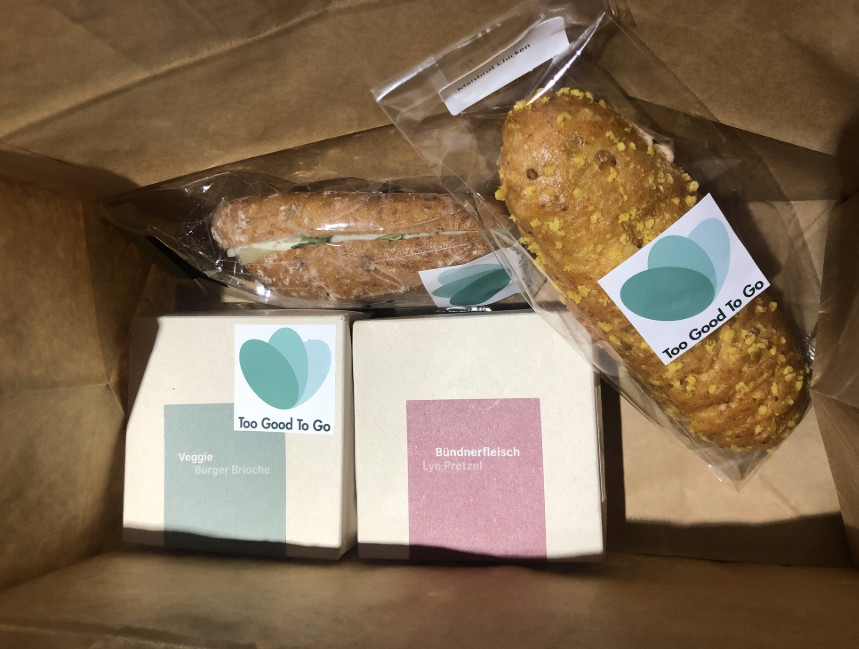By Terra Han
If there is a day to gather together, not only as an immediate family, but as cousins, acquaintances, and neighbors, it would be Thanksgiving. Thanksgiving is a traditional holiday typically celebrated in the U.S. and Canada, when everyone is welcome to share gratitude and harmonize as a community.
The initial purpose of Thanksgiving was to celebrate and thank a successful harvest of the year. The celebration was a way for the Pilgrims to express gratitude for the help they received in learning how to cultivate crops and survive in their new environment. But how were the Pilgrims involved, and why did they mark the initial Thanksgiving?
The history of Thanksgiving roots back to the Protestant Reformation, a religious reform movement that swept through Europe in the 1500s. The English Reformation reduced the number of Church holidays, leading Puritans to advocate for Days of Fasting and Thanksgiving based on perceived divine events. This evolved to the establishment of an annual Day of Thanksgiving in 1606. The North American Thanksgiving holiday reflects these historical English practices, combining harvest festivities and expressions of gratitude. However, Thanksgiving’s origin extends beyond European settlement. It is important to note that the Spaniards and the French marked Thanksgiving in current U.S. territory in the 16th century. St. Augustine, Florida, in 1565, even held a shared meal. By 1607, English settlers in Virginia routinely observed Thanksgiving. Shortly after in 1619, English settlers in Virginia, following their safe landing, initiated annual Thanksgiving prayers. The Plymouth Pilgrims, surviving with Native help, celebrated a post-harvest feast in 1621, which marked the first official Thanksgiving celebration. Accounts vary on its being labelled as Thanksgiving, but it still symbolizes unity. This historic event laid the foundation for the modern Thanksgiving tradition of gratitude and feasting, fostering unity among diverse communities. Today, Thanksgiving in the U.S. is celebrated on the fourth Thursday of November.
A typical Thanksgiving dinner for masses is abundantly diverse, although there are key menus that cannot be excluded. The most beloved one would be the turkey, serving as a wonderful centerpiece of any table. Typically stuffed with thick gravy, a huge turkey is the pièce de resistance. Subsequently, a pumpkin pie is many’s favorite embodying the warmth and flavors of the season. The pie features a golden-brown, flaky crust cradling a velvety, spiced pumpkin filling, resulting in a smooth and rich texture. The side menus to be eaten with are just as anticipated. Cranberry sauce pairs up with both turkey and the pie. Stuffing, a savory and aromatic side dish that complements the feast, typically consists of cubes of bread, onions, and carrots, seasoned with a flavorful blend of herbs and spices. If you are lucky, you might be able to see sliced sausages inside.
Today, the meaning of Thanksgiving stretches beyond the appreciation of harvesting. Nowadays, the primary purpose of Thanksgiving is to express gratitude and appreciation for the blessings and abundance in one’s life. It is a time to reflect on the positive aspects and to give thanks for the harvest, family, friends, and other good fortunes. Thanksgiving serves as an opportunity for people to come together, share a festive meal, and strengthen bonds. It is the day that people smile, unite, and share unconditional love and immense joy.



